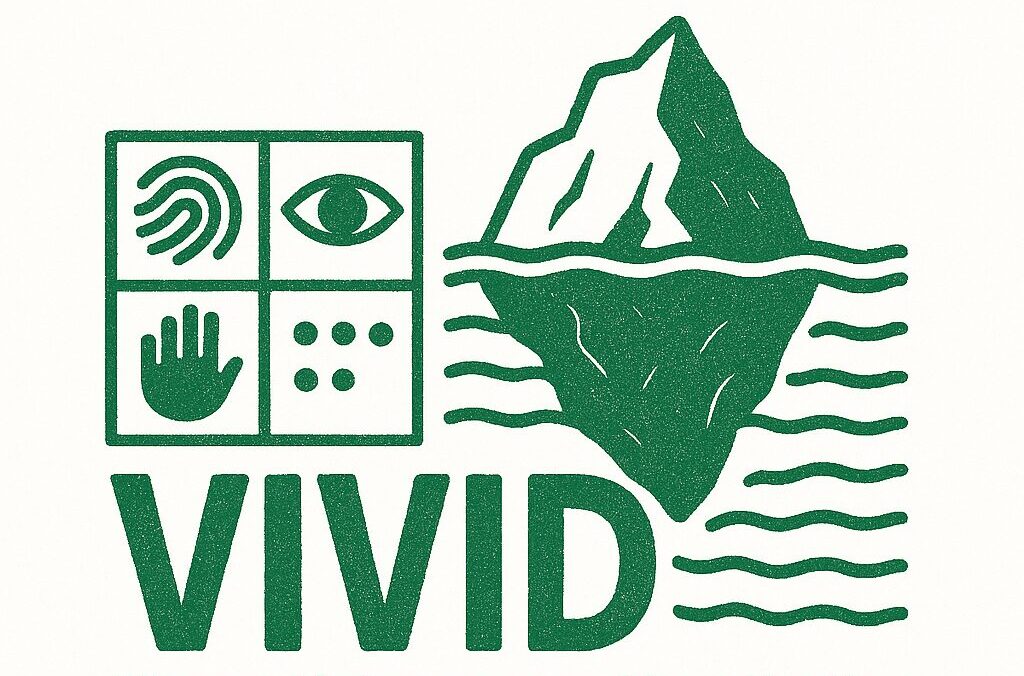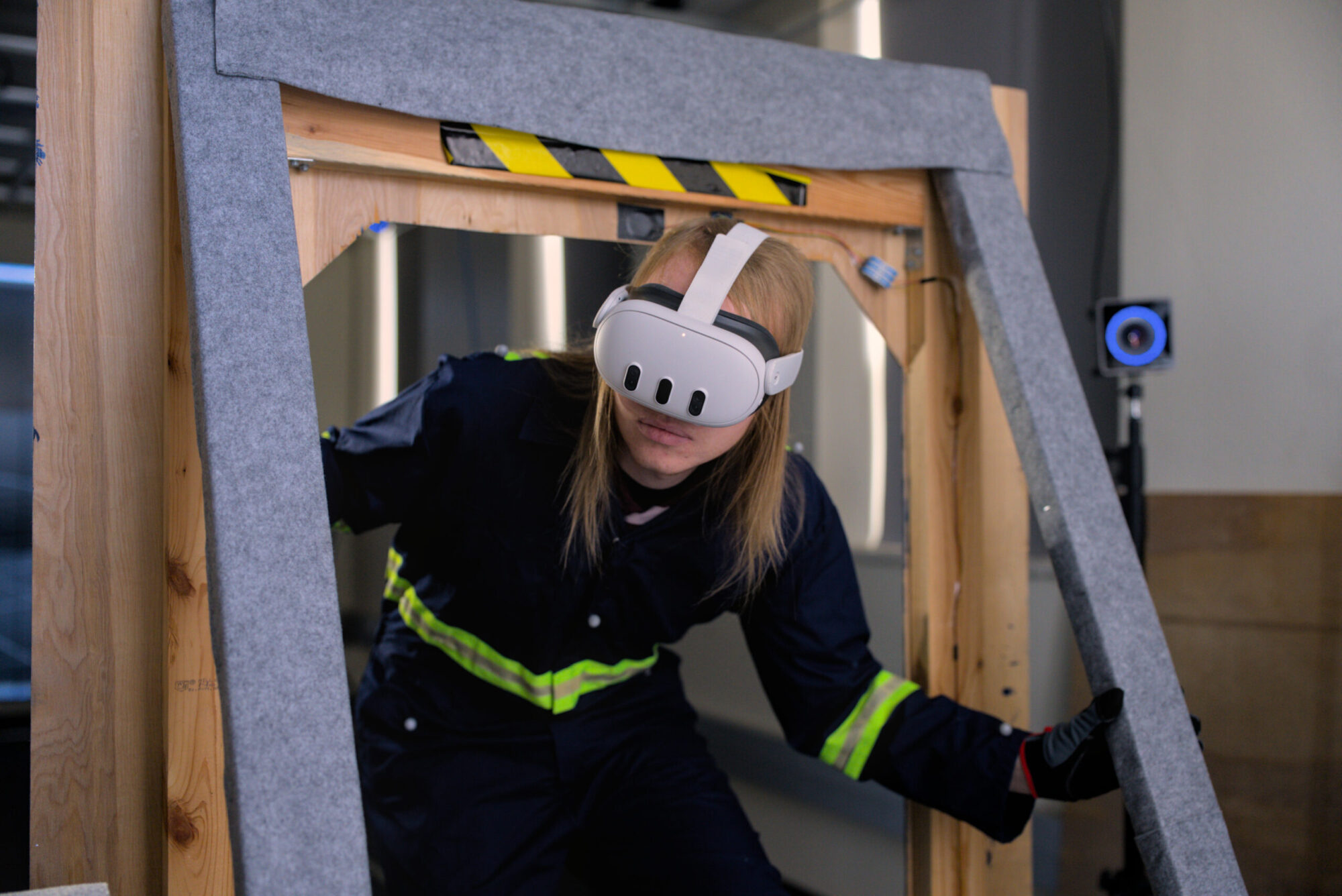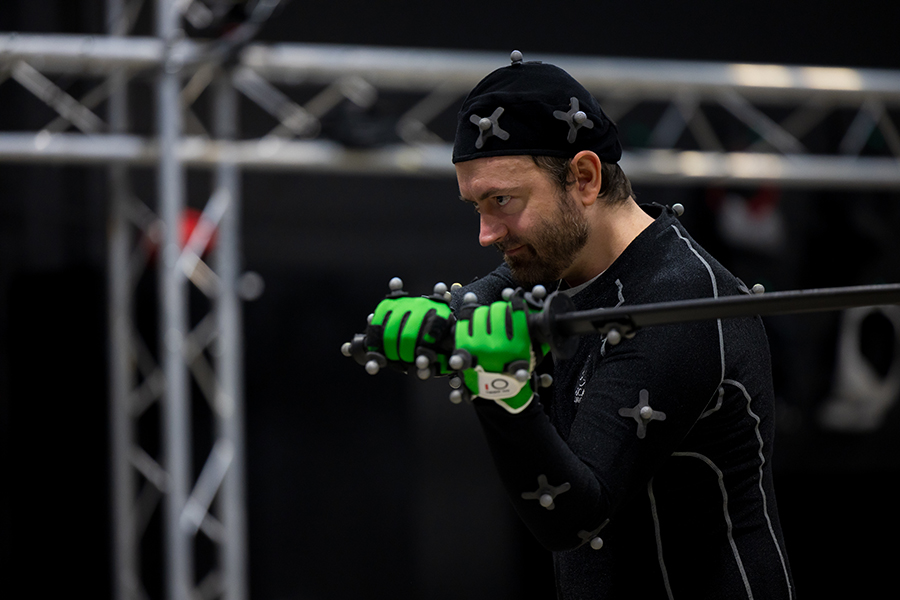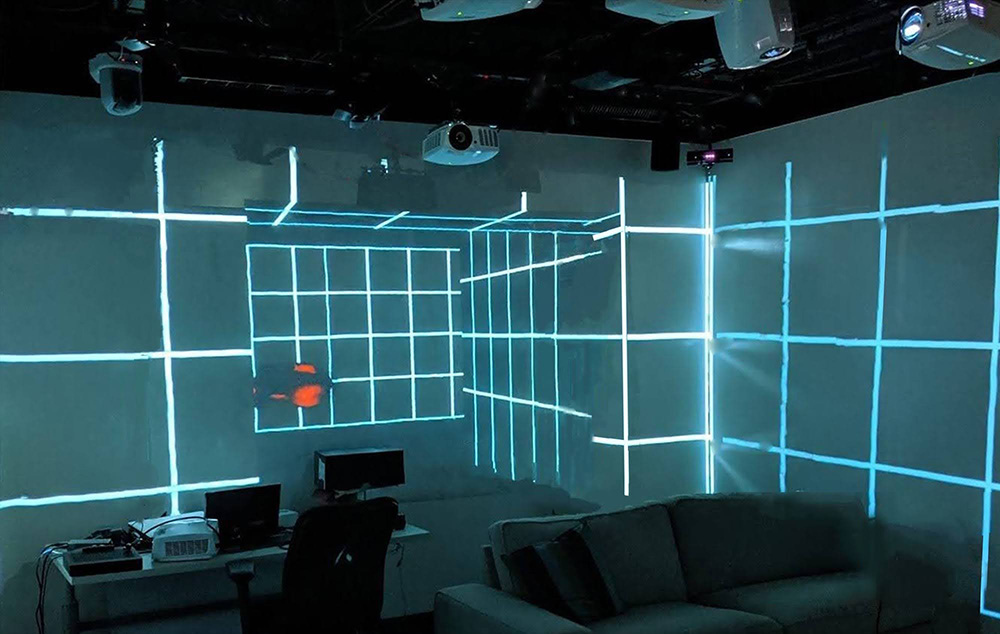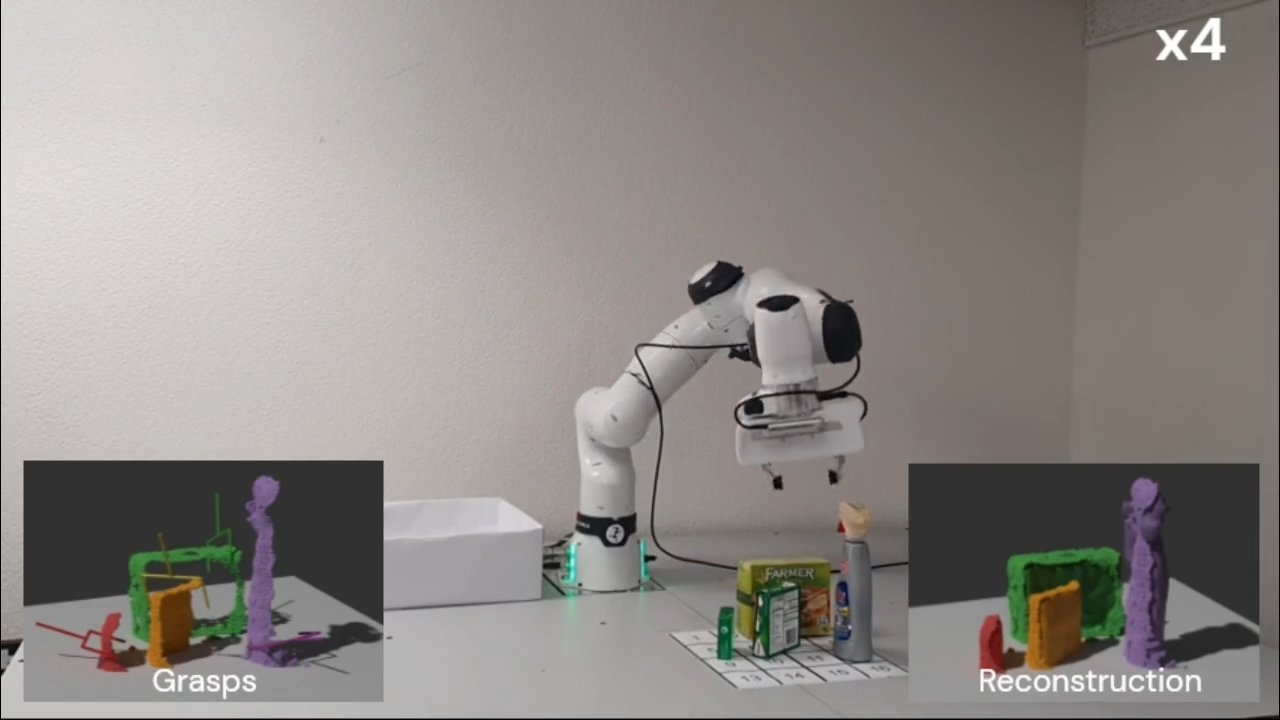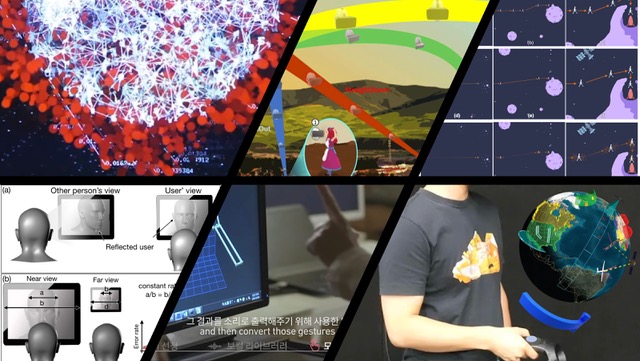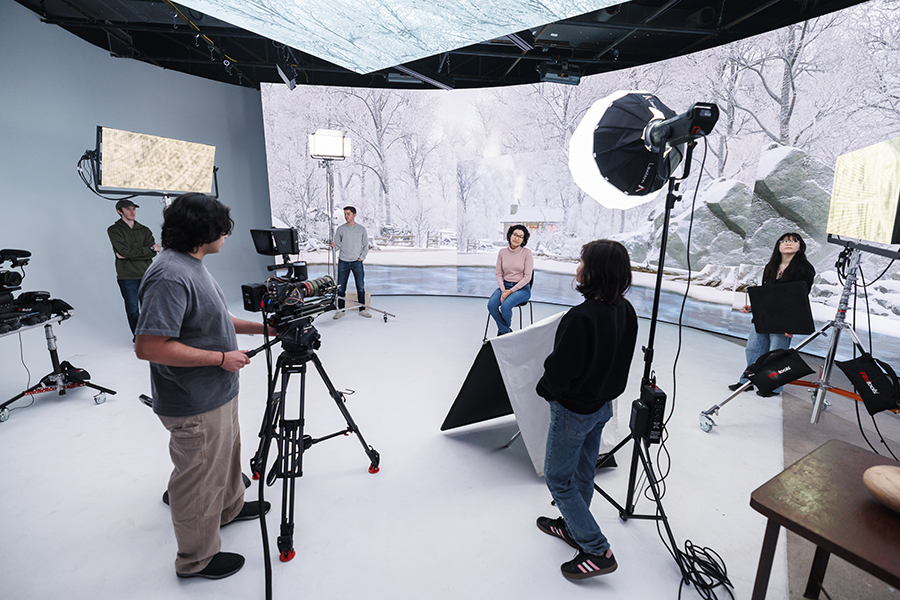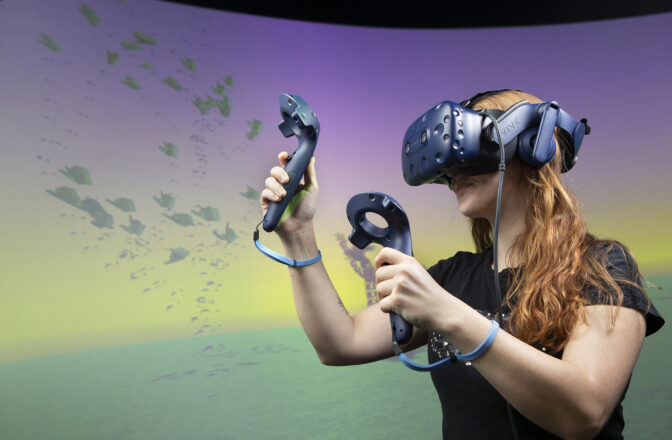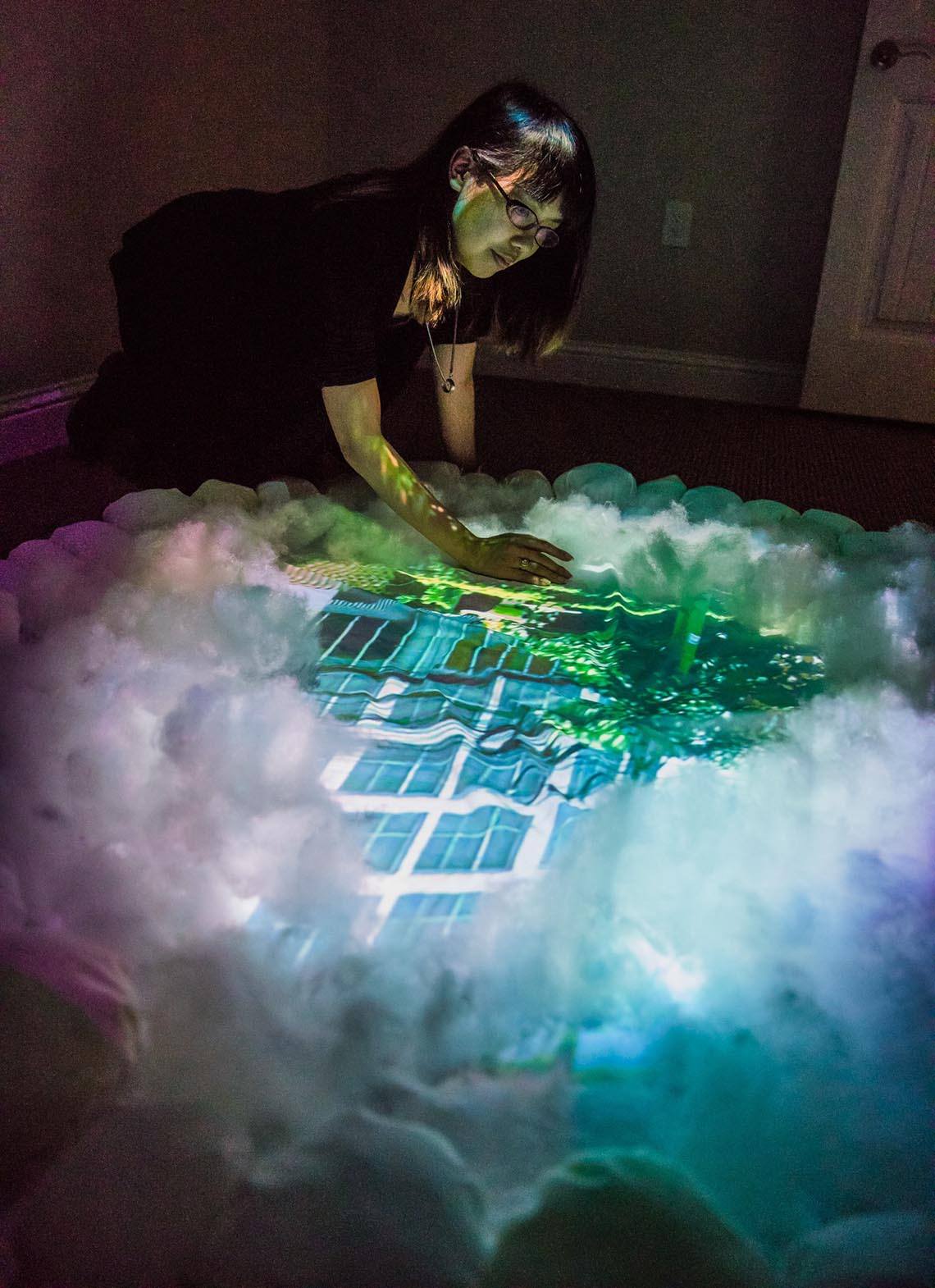
Research Labs & Institutes
Research and creative works are fundamental to innovations in human expression. Our institutes and labs are led by thought leaders who imagine, create and grow knowledge where design, performance and technology intersect.
Research Labs
Learning Interactive Visualization Experience Lab (LIVE Lab)
Director: Aaron ThibaultThe Learning Interactive Visualization Experience Lab, led by Aaron Thibault, is a research lab where students learn to create interactive learning experiences while getting real industry experience. This includes incorporating game technology and methodologies into the classroom experience and within educational research. The LIVE Lab collaborates with other departments, colleges and universities to foster the research and development of educational experiences.
VIVID LAB: Visceral Intersensory Visualization and Information Design
Director: Ann McNamara, Ph.D.Led by Dr. Ann McNamara, the Visceral Intersensory Visualization and Information Design Lab develops new knowledge, resources and community around the data visualization and information design areas of data science, encompassing research, education and outreach. The lab’s goal is to exploit the potential of data visualization and information design. The lab is supported by the Texas A&M Institute for Data Science.
Soft Interaction Lab
Director: Jinsil Hwaryoung SeoSoft Interaction Lab (SIL), led by Jinsil Hwaryoung Seo, Ph.D., is an interactive art/design research group. We integrate physical and digital experiences experimenting soft/organic materials and embodied interaction techniques. Our primary aim is to engage diverse audiences who could get benefits from embodied and immersive interaction through research and creative activities.
LEMUR Lab
Director: Edgar J. Rojas-Muñoz, Ph.D.At LEMUR, we are advancing research in virtual and augmented realities, pushing the boundaries of immersive technology. We believe these technologies are meant to become the user interface of the future. Our goal is to bring them out of the lab and use them to tackle real problems
Our multidisciplinary team combines expertise in visualization, computer science, human-computer interaction, engineering, and design, fostering innovation at every step.
Starlab
Faculty lead: Michael WalshA state-of-the-art motion capture and virtual production facility on the RELLIS campus, led by Michael Walsh, the lab is part of the Texas A&M Engineering Experiment Station and focuses on emerging technologies like virtual and augmented reality, smart system design and autonomous vehicles.
Dynamic Reality Lab
Faculty lead: You-Jin Kim, Ph.DThe Dynamic Reality Lab, led by You-Jin Kim, Ph.D., specializes in human-computer interaction in wide-area augmented reality environments. The lab’s primary aim is to enhance human interaction in the physical world through spatial computing techniques. They deploy a range of sensing technologies to accurately interpret human behavior and optimize interactions within extended reality experiences.
Visual and Spatial AI Lab
Faculty lead: Suryansh Kumar, Ph.D.The Visual and Spatial AI Lab, led by Suryansh Kumar, Ph.D., conducts research in computer vision, robotics and artificial intelligence. The lab’s interests include visual representation learning, enabling robots to operate autonomously in complex and unstructured environments, exploring generative AI approaches and more.
Spatial Interaction and Interaction Design Lab
Faculty lead: Jong-in Lee, Ph.D.Led by Jong-in Lee, Ph.D., the Spatial Interaction and Interaction Design Lab is an interdisciplinary Human Computer Interaction and 3D User Interface research group. The team investigates how humans perceive and interact with virtual and physical objects and spaces in extended reality. Using these insights, they create innovative spatial interaction, visualization techniques and interaction design tools.
Institutes
The Virtual Production Institute launched in 2024 to comprehensively integrate real-world scenarios and the latest in extended reality technology to advance problem-solving and support workforce development across industries. It is based on the Bryan-College Station campus with an extension at the Texas A&M-Fort Worth campus. Institute faculty, staff and equipment to support performance capture, large-scale mixed-reality environments, technology-infused classrooms and high-performance computing and instrumentation were funded as a special item by the 88th Texas Legislature.
The Institute for Applied Creativity is a forum for collaboration among domains and disciplines intent on creating a radiant future. Led by Dr. Jinsil Hwaryoung Seo, the institute champions combinations of experimental, rational, intuitive and analytical methods to realize tangible accomplishments. We address critical problems shared by communities throughout the world, beginning locally and translating solutions for global contexts.

